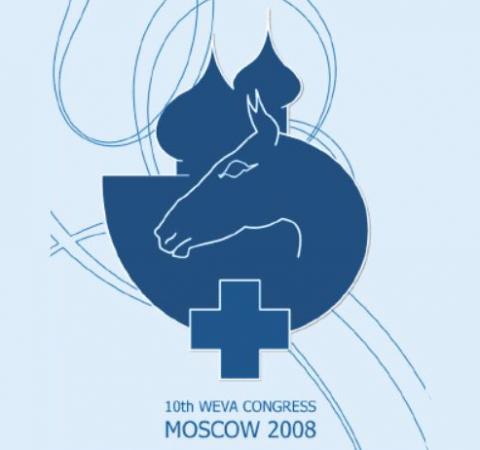Get access to all handy features included in the IVIS website
- Get unlimited access to books, proceedings and journals.
- Get access to a global catalogue of meetings, on-site and online courses, webinars and educational videos.
- Bookmark your favorite articles in My Library for future reading.
- Save future meetings and courses in My Calendar and My e-Learning.
- Ask authors questions and read what others have to say.
Strangulated Hernias in 63 Horses. Results of Manual Closed Nonsurgical Reduction Followed by a Delayed Laparoscopic Closure of the Vaginal Ring
Get access to all handy features included in the IVIS website
- Get unlimited access to books, proceedings and journals.
- Get access to a global catalogue of meetings, on-site and online courses, webinars and educational videos.
- Bookmark your favorite articles in My Library for future reading.
- Save future meetings and courses in My Calendar and My e-Learning.
- Ask authors questions and read what others have to say.
Read
Strangulated inguinal herniation is a common cause of colic in warmblood stallions (show jumpers and breeding stallions). Mortality is around 25% (Schneider 1982, JAVMA and Van De Velde, EVJ 1988).
In all cases, the signs are colic, a firm slightly enlarged testicle in the scrotum and small intestine displacement through the inguinal ring, as determined by rectal palpation.
Ileum or jejunum are most commonly strangulated and the incarceration is more often through the vaginal ring creating an indirect hernia. The strangulated intestine is often not longer than 10-15 cm.
The classic surgical approach to deal with this type of colic is by an inguinal approach opening the vaginal tunic, examining the viability of the incarcerated intestine, and reducing the hernia followed by a unilateral or bilateral castration. This approach is often combined with a midline celiotomy to assess the rest of the abdominal contents, to facilitate the reduction of the incarcerated small intestine and to perform a resection of the incarcerated segment of small intestine if necessary. This procedure often includes trauma to or enlargement of the vaginal ring. Therefore closure of the external inguinal ring in combination with an unilateral castration is often advised to reduce the chance of recurrence.
During this talk we will present a non-surgical manual massage technique to reduce indirect strangulated inguinal herniations, with the horse in dorsal recumbency. This technique can avoid a surgical inguinal approach.
Technique:
The horse is positioned in dorsal recumbency with the legs attached to a hoist in semi- flexion (tibia parallel to floor, hocks in 90° angle) See Picture 1. With one hand the testis is firmly grasped and pulled in the direction of the handler. The other hand is massaging the neck of the scrotum pushing the intestines back in the direction of the vaginal ring. In long standing cases 2 hands are needed to put enough pressure on the incarcerated intestine while massaging the intestine back in the direction of the vaginal ring. In some cases some that are difficult to reduce changing the position of the hind limbs into slight extension can help in reducing the hernia. Repositioning the incarcerated intestine in the abdomen by external massage will take about 2-10 min. If no reduction can be achieved within the 15 min. the technique is considered unsuccessful and converted into a classic open surgical approach. [...]
Get access to all handy features included in the IVIS website
- Get unlimited access to books, proceedings and journals.
- Get access to a global catalogue of meetings, on-site and online courses, webinars and educational videos.
- Bookmark your favorite articles in My Library for future reading.
- Save future meetings and courses in My Calendar and My e-Learning.
- Ask authors questions and read what others have to say.




Comments (0)
Ask the author
0 comments